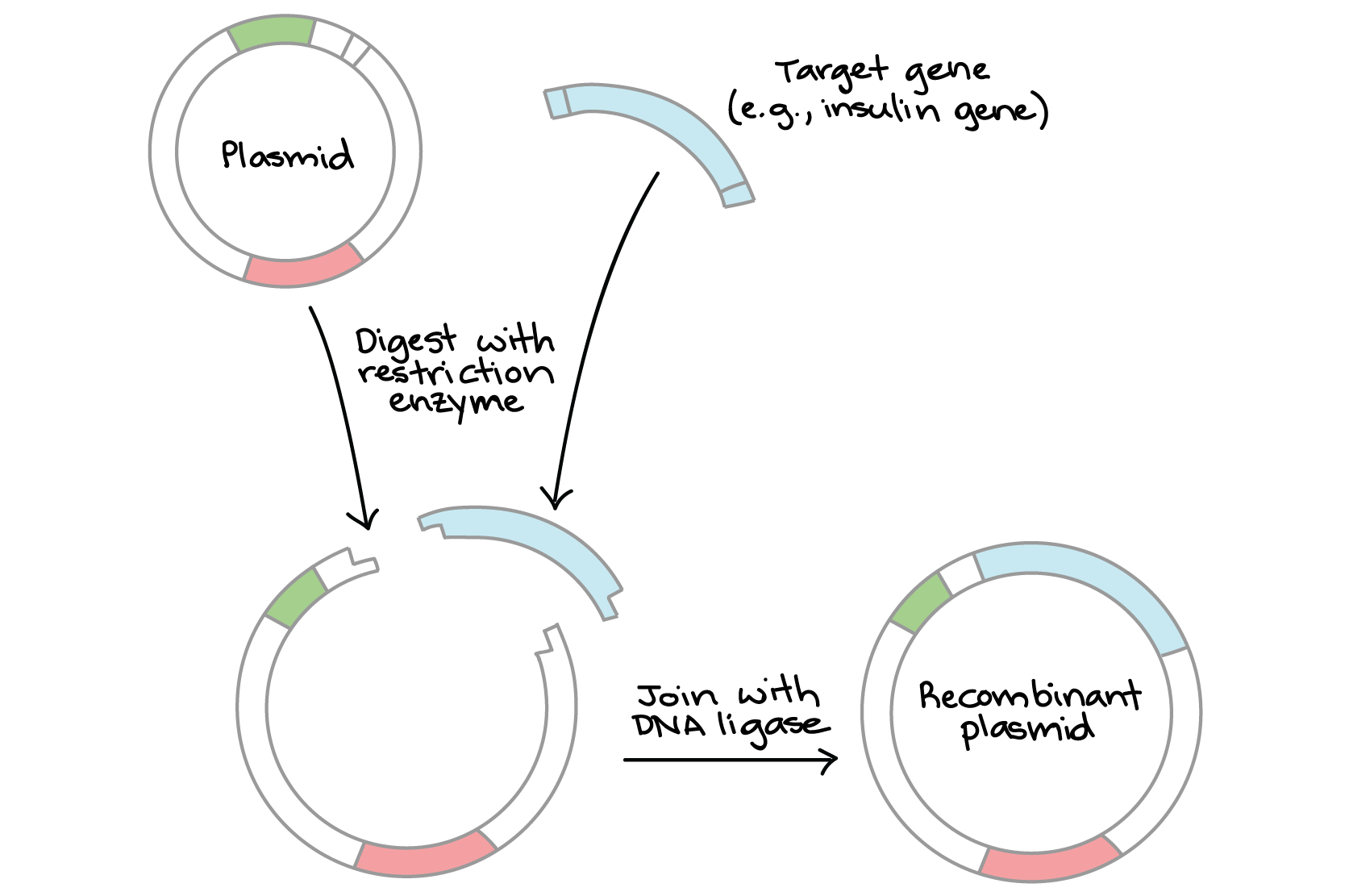
How are restriction and DNA ligase enzymes used to insert a foreign gene into a plasmid? Socratic
Different "enzymes are used in genetic engineering". The most used enzymes are DNA polymerase, Reverse transcriptase, DNA ligase, restriction endonuclease, alkaline phosphatase. DNA polymerase functions in duplicating the content of DNA of a cell at the time of cell division. The synthesisation of DNA is the primary function of the enzyme.
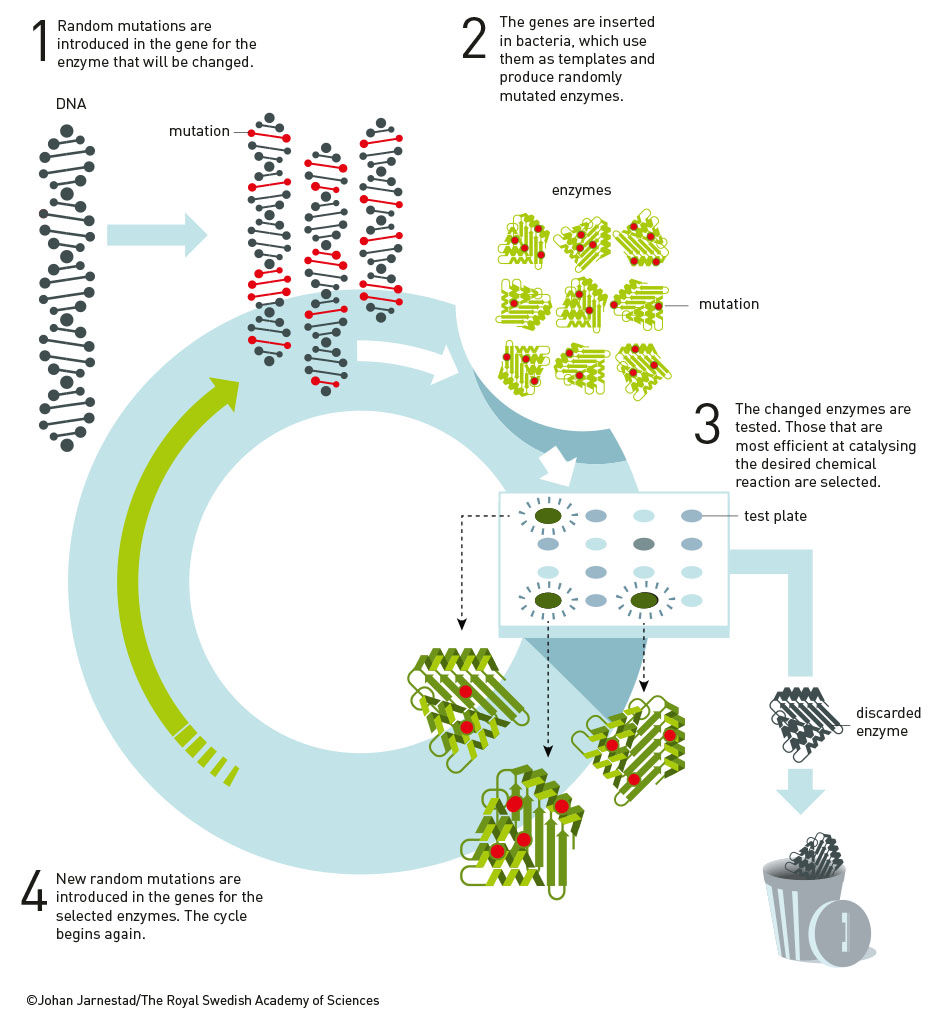
Enzyme engineering with evolution Curious
The ligase the most frequently used in molecular biology is the bacteriophage T4 DNA ligase. T4 DNA ligase is a 68 kDa monomer that requires Mg 2+ and ATP as cofactors. T4 DNA ligase can connect blunt and cohesive ends, or repair single stranded nicks in duplex DNA, RNA, or DNA/RNA hybrids.
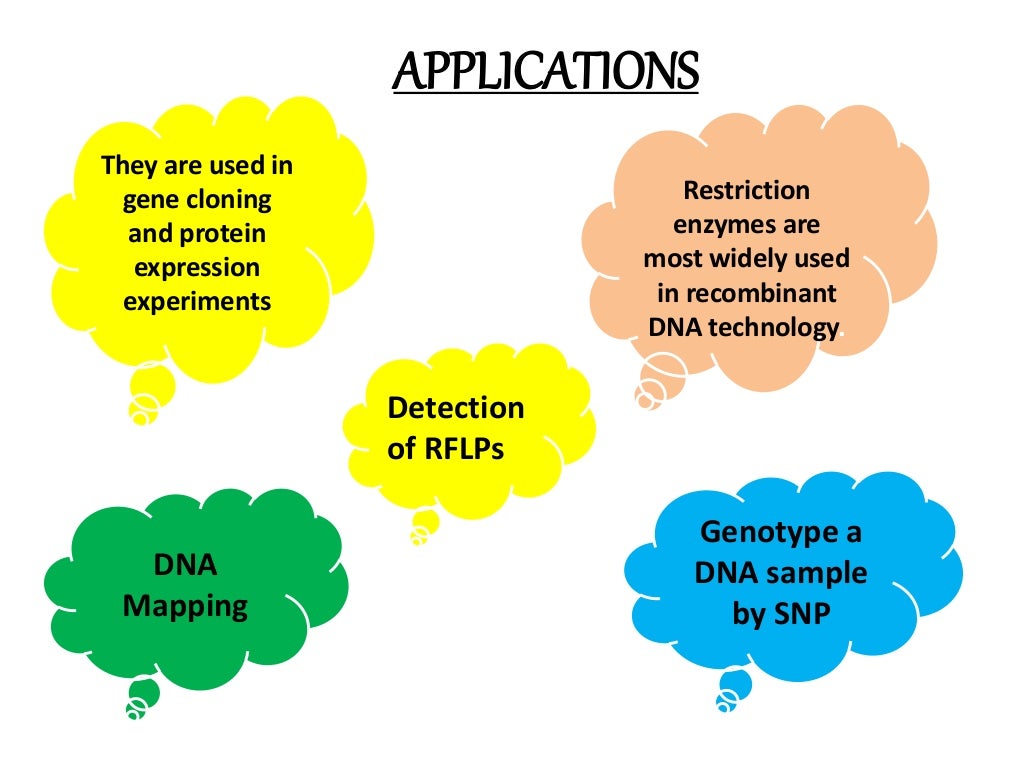
Enzymes used in Engineering
Producing a pure enzyme requires it to be overproduced. To obtain this overproduction, several drawbacks must be overcome. The first drawback is the amplification of a strains capacity to use the biological machinery, to produce the targeted enzyme as the major protein of the metabolism.. The progress in genetic engineering and DNA edition.

Enzymes used in Engineering
The possibility for recombinant DNA technology emerged with the discovery of restriction enzymes in 1968 by Swiss microbiologist Werner Arber.The following year American microbiologist Hamilton O. Smith purified so-called type II restriction enzymes, which were found to be essential to genetic engineering for their ability to cleave a specific site within the DNA (as opposed to type I.

Enzymes used in Engineering
The article contains sections titled: 1. Restriction Endonucleases and Methylases 2. DNA Polymerases 3. RNA Polymerases 4. DNA Nucleases 5. RNA Nucleases 6. Modifying Enzymes

Enzymes used in engineering ENZYMES USED UN ENGINEERING There are many enzymes
Type II restriction enzymes are used in genetic engineering. These restriction enzymes cut either in or close to their recognition sequences and generate discrete fragments of DNA as a result - if you know the sequence of your DNA, you can be sure of where type II enzymes will cut, what pieces of DNA will be produced and what type of overhang.

Restriction enzyme Definition, Function, & Types Britannica
Enzymes are considered as functional proteins, also known as biocatalysts, which are required for normal cellular function. The commercial production of enzymes with distinct features always remains the top priority of researchers for industrial biocatalysis. However, the insufficient yield, low stability, low activity, formation of by-products, complex purification process, and many other.
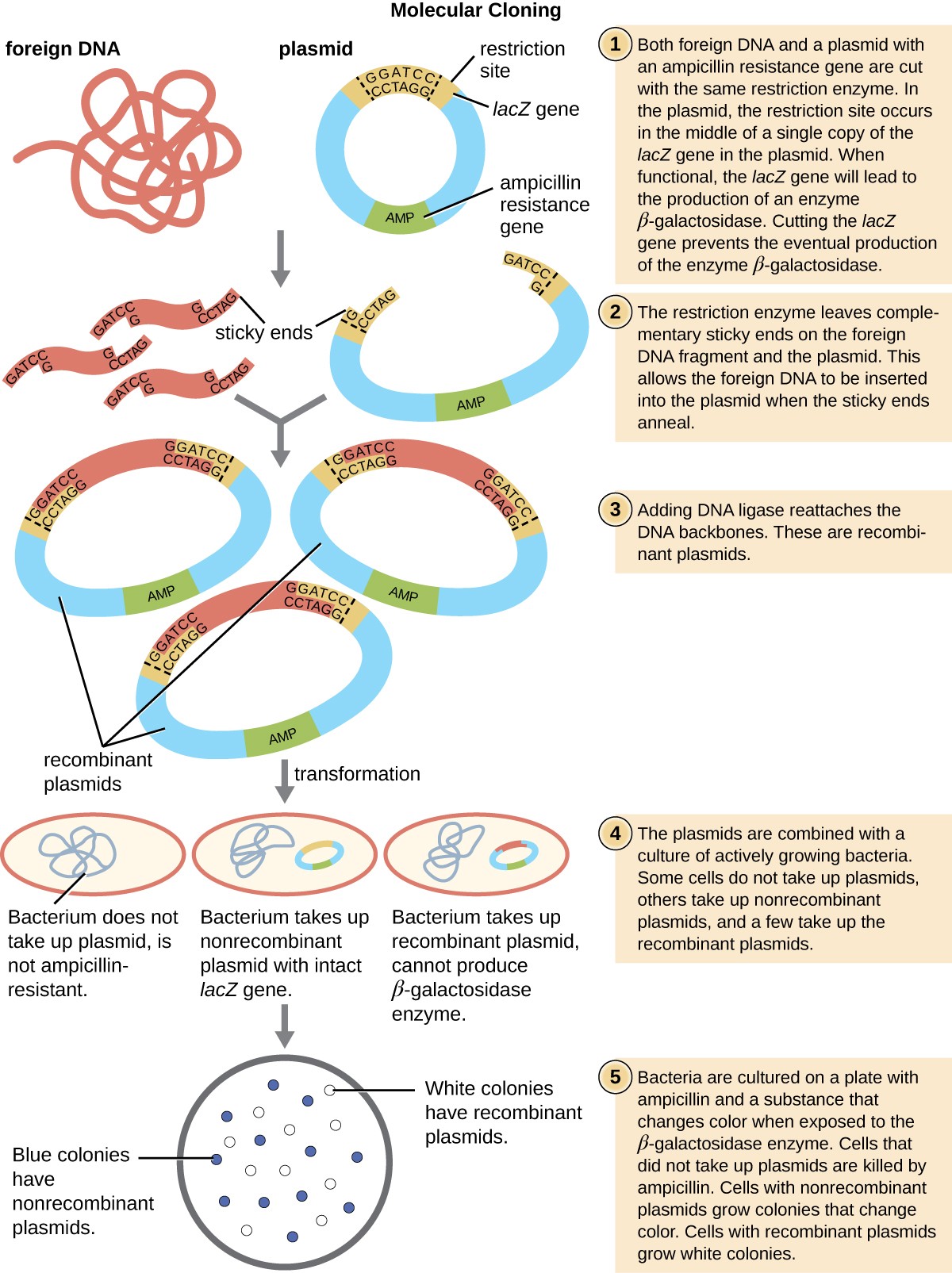
Microbes and the Tools of Engineering Microbiology
Move over, gene-editing proteins - there's a smaller, cheaper, more specific genetic engineering tool on the block: DNAzymes - small DNA molecules that can function like protein enzymes. Researchers at Illinois have developed a technique that, for the first time, allows DNAzymes to target and cut double-stranded DNA, overcoming a.

11 1 Restriction and Modification Enzymes engineering
Move over, gene-editing proteins—there's a smaller, cheaper, more specific genetic engineering tool on the block: DNAzymes—small DNA molecules that can function like protein enzymes.
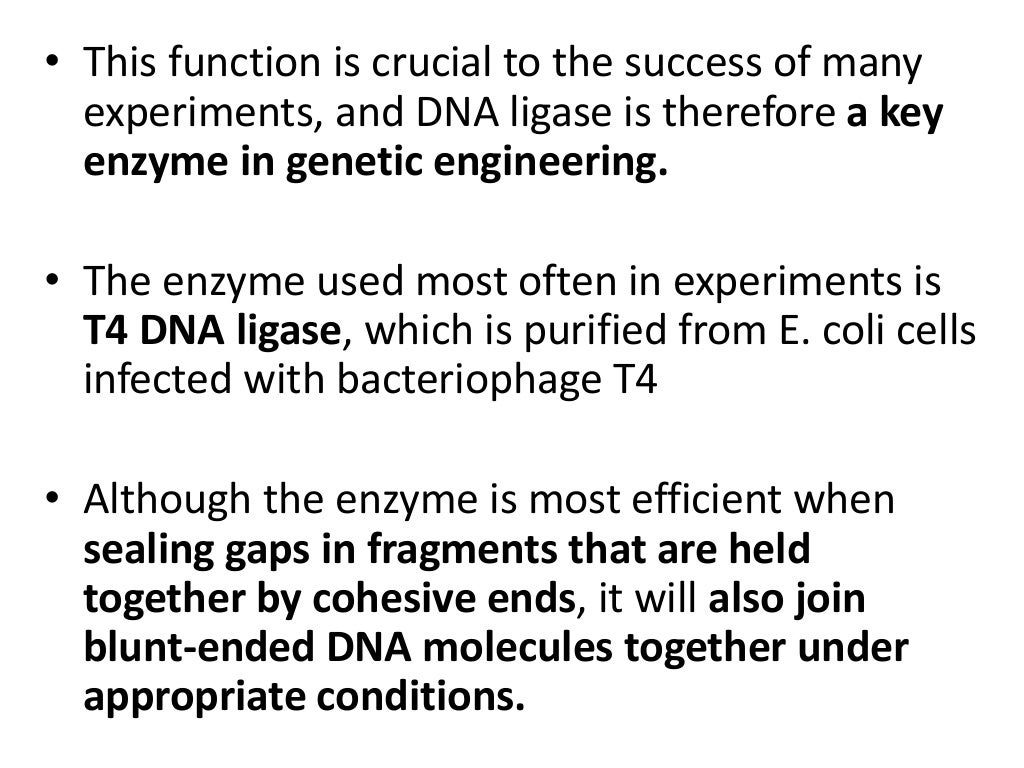
Enzymes used in Engineering
Figure 12.1.1 12.1. 1: Recombinant DNA technology is the artificial recombination of DNA from two organisms. In this example, the human insulin gene is inserted into a bacterial plasmid. This recombinant plasmid can then be used to transform bacteria, which gain the ability to produce the insulin protein.

Enzymes used in Engineering
The enzymes are: 1. Restriction Endonuclease 2. DNA Ligase 3. Alkaline Phosphatase 4. DNA Polymerase and the Klenow Fragment 5. Reverse Transcriptase. Genetic engineering became possible with the discovery of mainly two types of enzymes: the cutting enzymes called restriction endonucleases and the joining enzymes called ligases.

Enzymes Used in Engineering Short Notes Restriction Endonuclease DNA Ligase DNA
Manipulating enzymes at the genetic level is a recent approach to make the enzymes suitable for industrial applications. Enzyme engineering can be performed at various levels to improve protein activity, thermostability, pH tolerance and protease resistance (Li et al., 2017).

Biotechnology Enzymes used in engineering YouTube
Restriction enzymes are DNA-cutting enzymes. Each enzyme recognizes one or a few target sequences and cuts DNA at or near those sequences. Many restriction enzymes make staggered cuts, producing ends with single-stranded DNA overhangs. However, some produce blunt ends. DNA ligase is a DNA-joining enzyme.

PPT Enzymes in Engineering PowerPoint Presentation, free download ID2085824
Reengineering enzymes is a process in which chemists subject a test enzyme to experiments, hoping to create a similar enzyme with desired properties, for example, being able to withstand exposure.
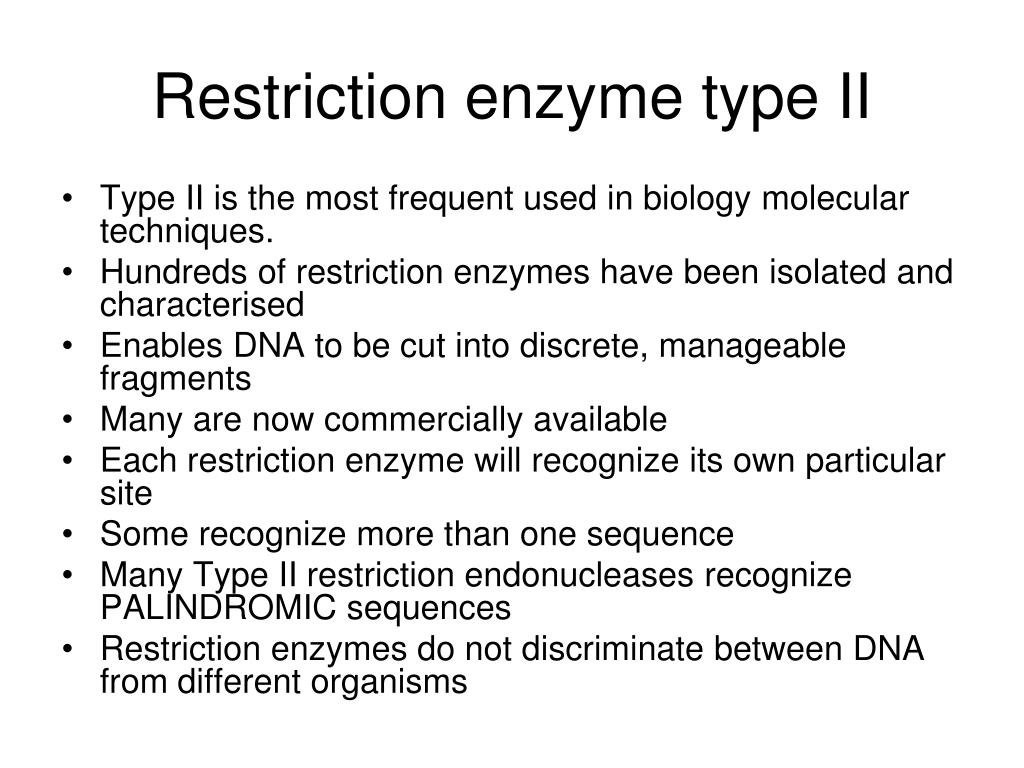
PPT Enzymes in Engineering PowerPoint Presentation, free download ID2085824
Genetic engineering is the use of molecular biology technology to modify DNA sequence(s) in genomes, using a variety of approaches. For example, homologous recombination can be used to target specific sequences in mouse embryonic stem (ES) cell genomes or other cultured cells, but it is cumbersome, poorly efficient, and relies on drug positive/negative selection in cell culture for success.

Examples of other Enzymes Engineering Tools
Discovery of new enzymes, engineering and diversification of proteins by directed evolution, exploitation of cofactors for new reactivities, and use of synthetic reagents and non-natural.